13 Spice Swaps: Golden Alternatives to Turmeric in Your Kitchen
Turmeric is prized for its vibrant color and earthy, slightly bitter flavor, often used in curries and health tonics.
When turmeric isn’t accessible, several spices can stand in to provide warmth and subtle bitterness.
Ginger, saffron, or even mustard powder can mimic aspects of turmeric’s profile in different culinary contexts.
Combining spices can help replicate the full flavor spectrum turmeric offers.
These thirteen turmeric substitutes cover a variety of cooking styles and flavor preferences.
Understanding the strengths of each alternative allows for seamless incorporation into your dishes.
Expand your spice repertoire with these creative turmeric replacements.
What is Turmeric and Its Uses in Cooking?
Turmeric is a bright yellow-orange spice that comes from the root of a plant related to ginger.
It’s been a kitchen staple and healing herb for thousands of years, especially in Indian, Middle Eastern, and Southeast Asian cooking. If you’ve ever enjoyed curry, golden milk, or even certain soups and rice dishes, you’ve likely tasted turmeric’s warm, earthy magic.
Turmetic is also for its subtle flavor. It adds a gentle warmth with a slightly bitter and peppery note. You can use it to brighten curries, give rice that golden hue, flavor roasted veggies, and even add a healthy twist to smoothies and teas.
Key Characteristics of Turmeric
Alternatives for Turmetic
Turmeric alternatives bring bright yellow color and warm, earthy flavor to curries, rice, and more. Various spices and powders mimic its unique taste. Explore the flavorful options worth trying.
Turmeric Paste
Turmeric paste offers a superior flavor compared to powder while making meal preparation much easier for anyone who loves cooking.
The paste mixes smoothly into dishes, giving you complete control over color and taste without messy measuring spoons.
Many cooks appreciate how well it blends with other ingredients like garlic or lime juice for creating custom flavor profiles in curries, soups, or marinades.
This golden ingredient stays fresh longer in paste form, retaining more of its health benefits and vibrant properties.
Home chefs who make the switch rarely go back to powder once they experience the consistency and convenience of having ready-to-use turmeric paste in their kitchen.
Annatto Seeds
Annatto seeds serve as an excellent substitute for turmeric when your spice cabinet falls short, offering a similar golden hue but with a more subtle flavor profile.
These bright red-orange seeds deliver comparable health benefits to turmeric, including anti-inflammatory properties and antioxidants that support overall wellness.
You appreciate how annatto effortlessly adds rich color to rice dishes, stews, and cheeses without overpowering other ingredients.
Many Latin American and Caribbean cuisines have traditionally relied on annatto for centuries, particularly in signature dishes like cochinita pibil and Puerto Rican sofrito.
The seeds can be steeped in oil for an easy DIY food coloring that makes everyday meals look professionally prepared.
Curry Powder
Curry powder stands out as an excellent substitute for turmeric since it already contains turmeric as one of its main ingredients.
Many people prefer this option because it delivers similar flavor notes while saving time and effort in the kitchen.
The blend typically combines several spices like cumin, coriander, and fenugreek, making it more versatile than turmeric alone for everyday cooking.
In dishes from soups and stews to roasted vegetables, curry powder adds depth and complexity that elevates the entire meal.
Reaching for curry powder when turmeric is unavailable gives your food that familiar golden color along with a richer flavor profile that most people find delicious.
Dry Mustard
Substitution can save the day when you're missing turmeric in your recipe, with dry mustard standing out as an excellent alternative that adds similar spiciness and creaminess to dishes.
The flavor profile matches well enough to maintain the intended taste experience, though it lacks the distinctive yellow color that turmeric provides.
Professional chefs also recommend this swap because both spices share certain earthy undertones that complement similar dishes.
Just a teaspoon of dry mustard can generally replace the same amount of turmeric called for in most recipes.
Galangal Powder
Galangal powder comes from a root similar to ginger but offers a more complex aroma and milder flavor than turmeric when cooked.
This interesting spice contains numerous vitamins and minerals that can boost your immune system, making it both delicious and beneficial for health.
Galangal works wonderfully as a turmeric substitute while introducing exciting new flavor dimensions to dishes.
The powder can add an unexpected twist to curries, soups, and stir-fries that might otherwise seem familiar.
Southeast Asian cuisines particularly value this ingredient for its distinctive citrusy, piney notes that regular ginger doesn't provide.
Garam Masala
Garam masala stands out as a powerful spice blend that adds complex flavors to dishes beyond what turmeric alone can achieve.
This aromatic mixture combines several spices that work together to create deep, rich tastes in curries, sides, and marinades.
In professional kitchens across India and beyond, chefs rely on garam masala for authentic flavor profiles that have been perfected over centuries.
The spice blend varies slightly by region, with northern Indian versions typically including cardamom, cinnamon, and cloves, while southern variations might incorporate more chili heat.
Ground Cumin
Substituting turmeric with ground cumin can rescue your recipe when you're caught without this essential spice.
These two spices share similar flavor profiles because they come from related plant families, making cumin an excellent stand-in during cooking emergencies.
Many people actually prefer cumin's warm, slightly smoky notes to turmeric's more earthy character in certain dishes.
The color difference between bright yellow turmeric and brownish cumin won't significantly impact most recipes, though curries might appear less golden.
For perfect substitution results, start with equal amounts and adjust according to your taste preferences.
Ground Ginger
Ground ginger works wonderfully as a substitute for turmeric when you're in a pinch, offering its own distinct flavor while still providing similar anti-inflammatory benefits.
The golden spice can be replaced at a 1:1 ratio in most recipes, though ginger brings a slightly spicier kick compared to turmeric's earthy notes.
Many cooks appreciate this swap because both spices come from the same plant family, making them compatible in curries, soups, and rice dishes.
Home chefs might notice a subtle color difference since ginger lacks turmeric's signature yellow hue.
For best results, combine ground ginger with a pinch of paprika to mimic turmeric's golden color in your favorite dishes.
Mace + Smoked Paprika
Substituting turmeric with a blend of mace and paprika creates an impressive flavor profile that many chefs now recommend when the golden spice is unavailable.
This savory combination delivers a wonderful depth, with mace contributing earthy notes while paprika adds smoky undertones and a touch of acidity.
You appreciate how this alternative maintains color similarity in dishes like curries and rice, though the flavor differs slightly from turmeric's distinctive taste.
The ratio typically works best as equal parts mace and paprika, allowing for easy measurement in most recipes.
These readily available spices make an excellent backup option in anyone's kitchen arsenal.
Paprika
Paprika stands as the perfect substitute for turmeric when you need a similar flavor without the intensity.
The vibrant red-orange spice brings comparable warmth to dishes while adding its distinctive color that makes meals visually appealing.
This popular alternative works wonderfully in recipes calling for turmeric's earthy notes but without its occasionally overwhelming presence.
Paprika's mild, sweet-peppery character complements nearly any dish where turmeric would traditionally shine.
Saffron
Substituting saffron for turmeric creates a delightful upgrade to many recipes, though the price difference between these golden spices is quite significant.
The rare saffron threads, harvested from crocus flowers, deliver a more complex honey-like flavor compared to turmeric's earthy profile, making the swap worthwhile for special dishes.
Both spices add beautiful golden color to foods, with saffron producing a more intense yellow-orange hue that can elevate the appearance of rice dishes, soups, and desserts.
The health benefits overlap somewhat as each contains anti-inflammatory compounds, but saffron offers unique mood-enhancing properties not found in turmeric.
Just remember that saffron's potency means you'll need much less- typically a pinch of threads compared to a teaspoon of turmeric powder.
Safflower
Safflower is an excellent substitute for turmeric, containing nearly twice the antioxidants with its bright yellow color and mild flavor profile.
Many health enthusiasts appreciate its impressive ability to reduce cardiovascular problems while preventing various autoimmune disorders in the body.
Regular consumption of this golden spice helps maintain stable blood sugar levels, making it particularly valuable for people managing diabetes or insulin resistance.
Your immune system gets a significant boost from the powerful compounds found naturally in safflower, which fight inflammation and neutralize harmful free radicals.
You can easily swap it into recipes calling for turmeric, using the same measurements while enjoying its slightly sweeter, less bitter taste profile.
Yellow Mustard Seeds
Swapping turmeric with yellow mustard seeds can add unexpected depth to your favorite dishes while maintaining that gorgeous golden color.
These tiny powerhouses pack a punch of flavor that works wonderfully in curries, marinades, and pickled vegetables without overwhelming other ingredients.
The seeds release their full potential when briefly toasted in hot oil until they pop, creating a nutty foundation for countless recipes across Indian, Middle Eastern, and European cuisines.
Unlike ground turmeric, these little gems add a pleasant textural element that creates interest in otherwise smooth sauces and dressings.
Picking Turmeric Alternatives Based On Recipe Types
Not every turmeric substitute works perfectly in all dishes, so it’s helpful to consider what turmeric is doing in your recipe.
For Rice and Grain Dishes
Look for an alternative that provides a bright golden hue with a mild flavor, so it enhances the visual appeal without changing the dish’s delicate taste. The substitute should blend in smoothly and add subtle warmth.
For Curries and Stews
Choose a substitute that brings warmth and earthiness without overpowering the dish. It should also add a vibrant color to keep the signature look of the recipe.
This helps maintain the rich, layered flavor typical of these slow-cooked meals.
For Beverages and Smoothies
Pick a substitute that offers gentle earthiness and color without bitterness, ensuring it mixes well with other flavors. It should add a comforting aroma and warmth.
Homemade Turmeric Substitute Blends
When you don’t have turmeric on hand, you can create your own spice blends that capture its warm color and earthy flavor.
These homemade mixes are simple to make with common pantry spices and add that golden touch to your dishes without a trip to the store.
Blend 1: Warm Earthy Mix
Mix these spices together well. This blend brings warmth and earthiness similar to turmeric, great for curries, stews, and rice dishes.
Blend 2: Color and Mild Spice Boost
Combine the spices thoroughly. This mix adds a vibrant color and mild heat, great for roasted vegetables or marinades where turmeric’s color and subtle spice are needed.
Blend 3: Golden Milk Inspired Mix
Whisk these together for a warm, fragrant blend perfect for drinks, baked goods, or lighter dishes that usually use turmeric for flavor and aroma.

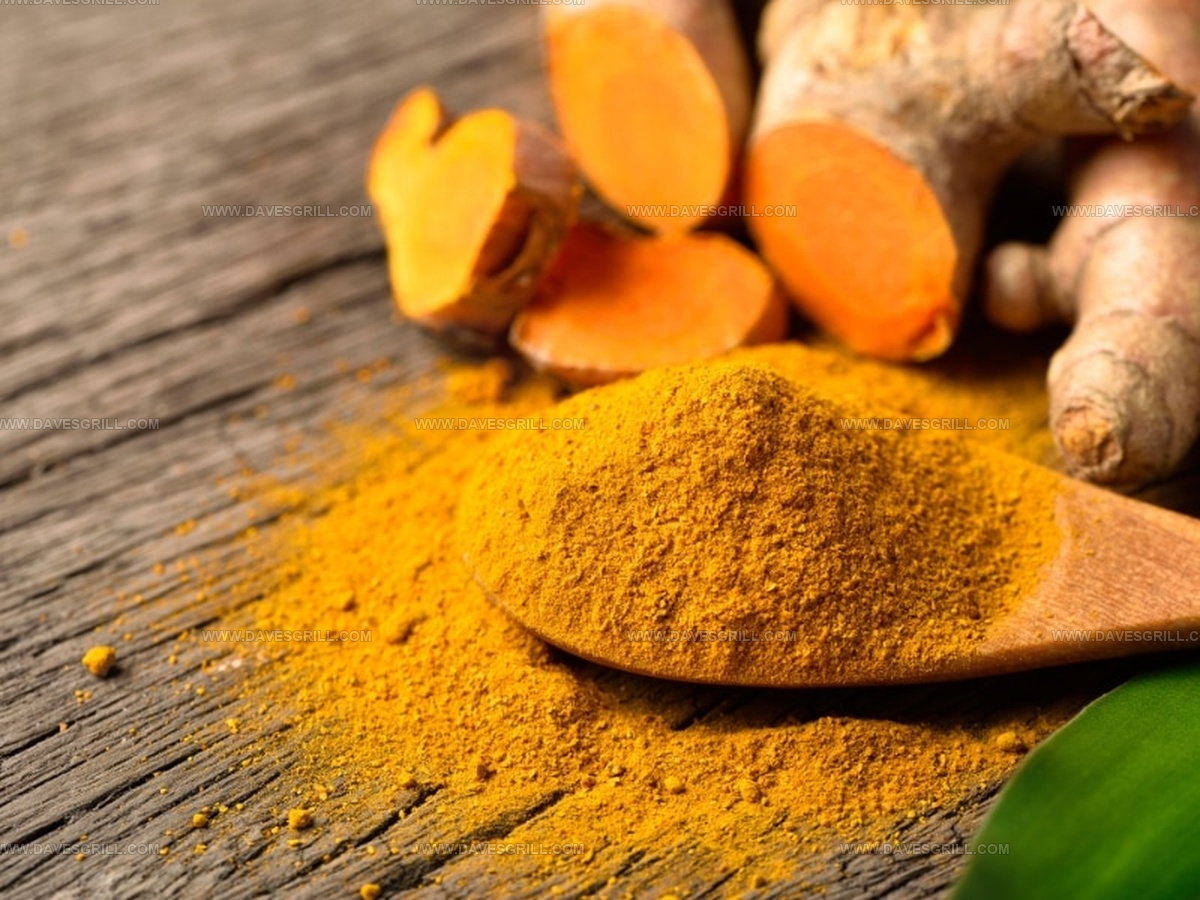
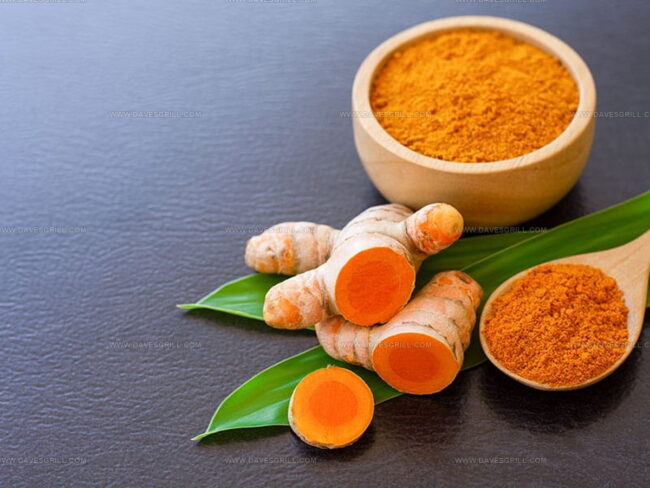

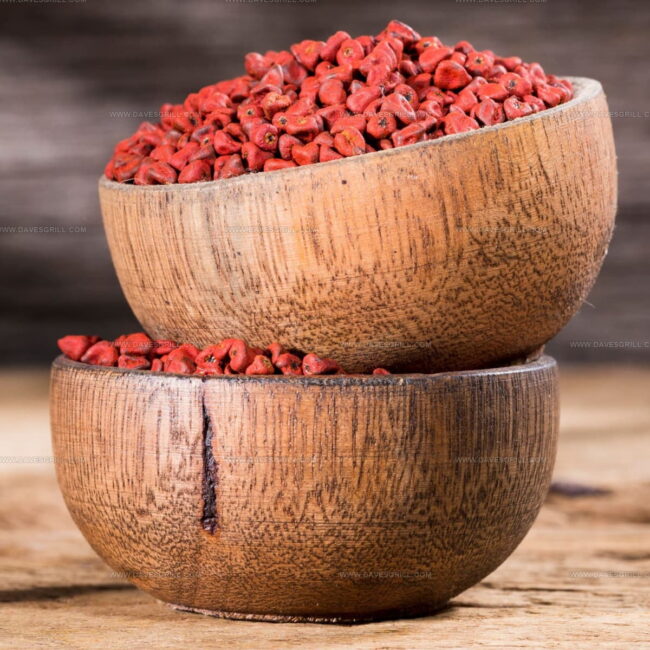

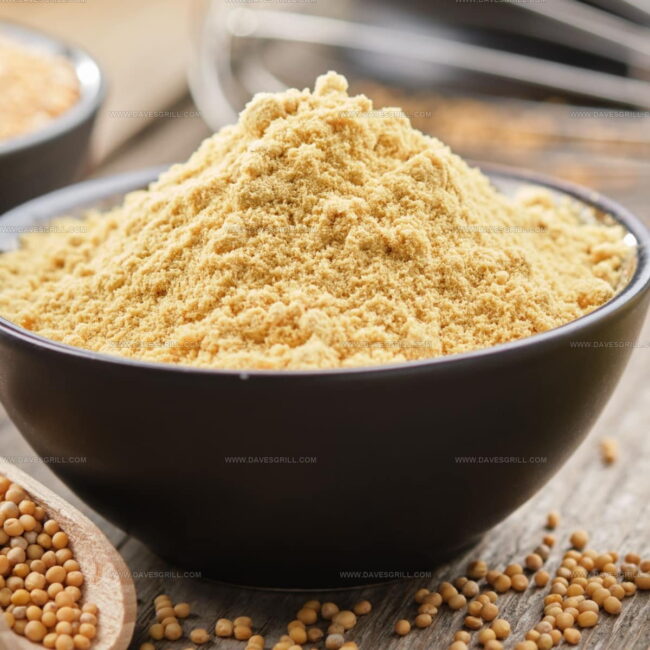
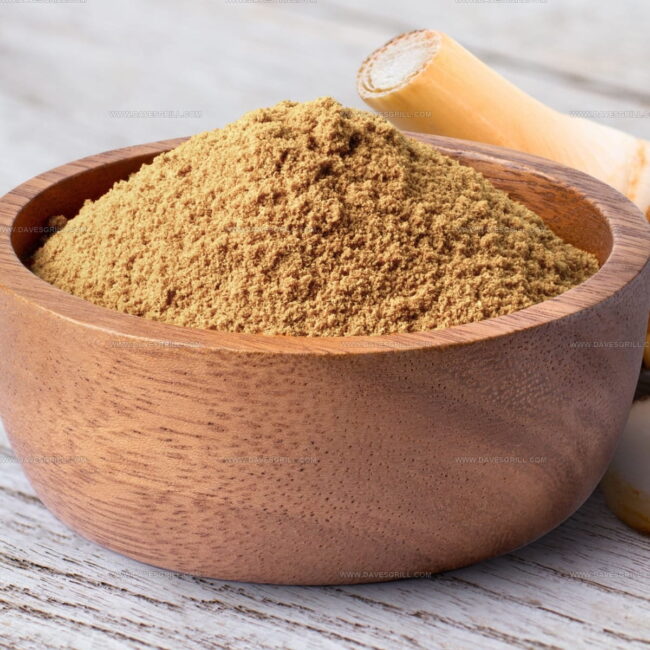
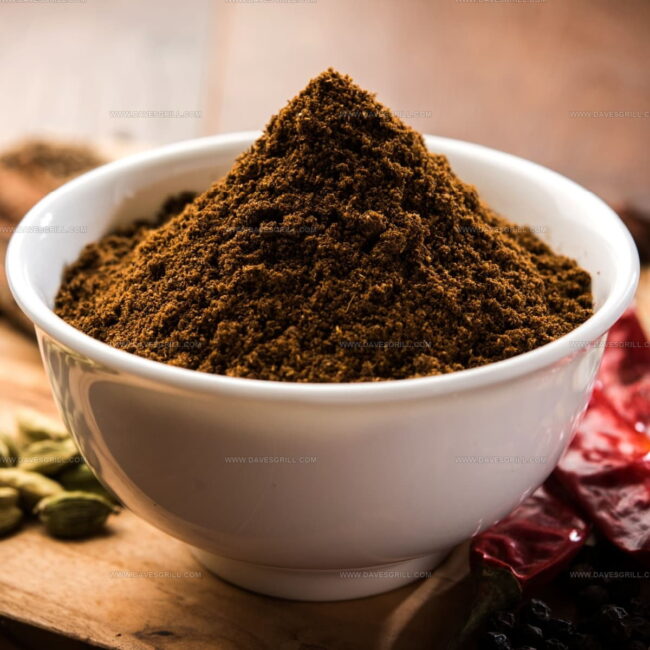
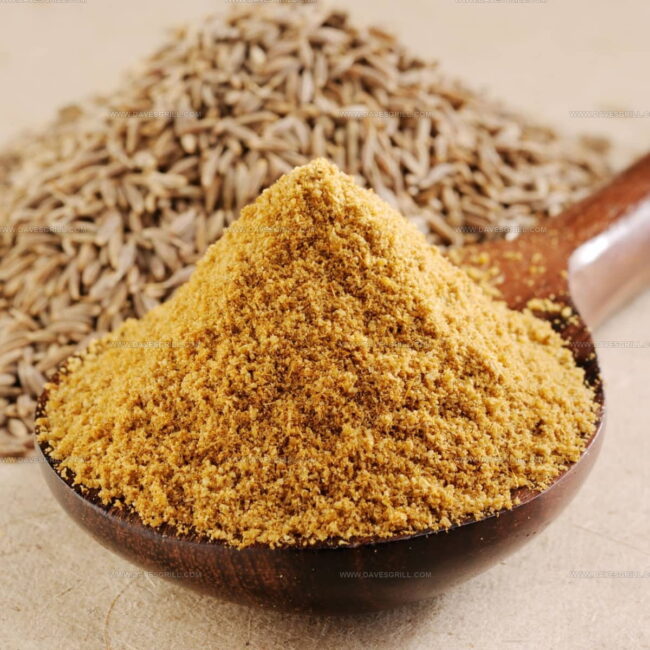
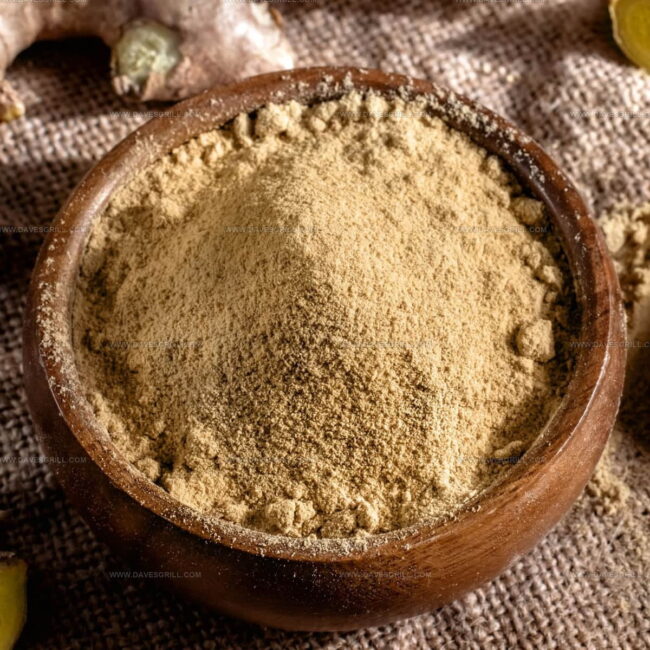


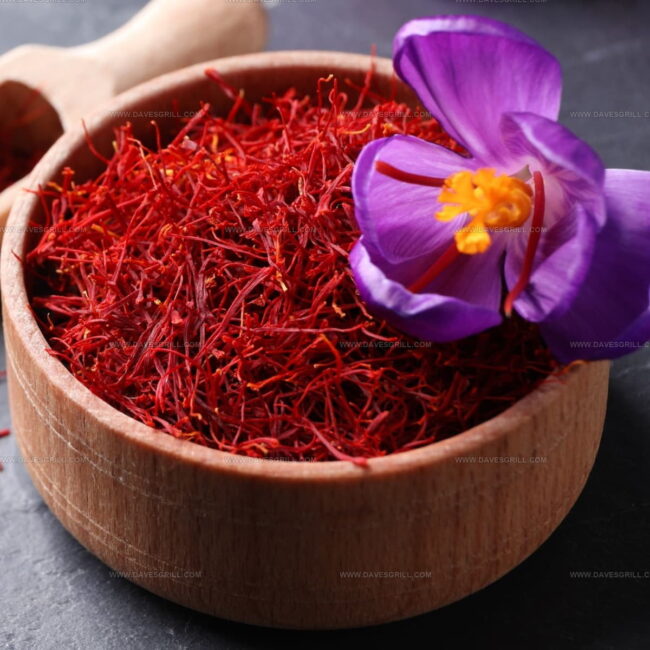

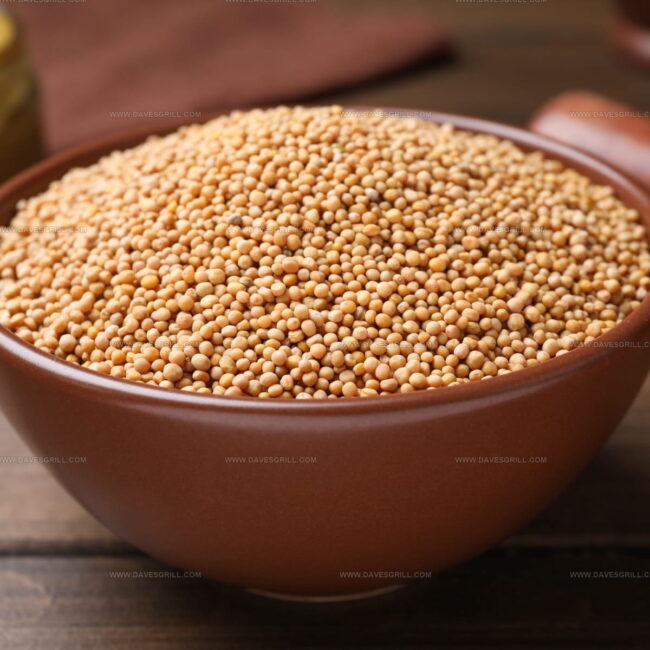
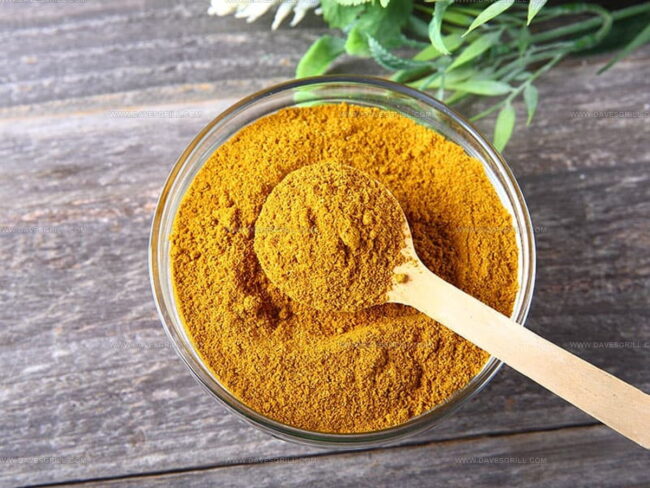
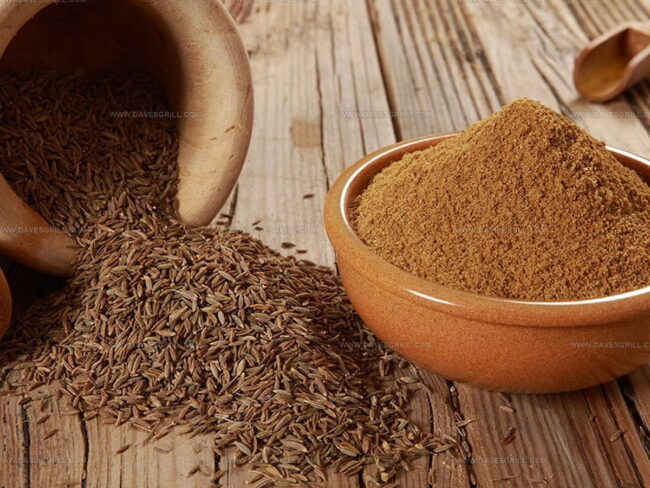

Emily Lawson
Content Creator & Culinary Specialist
Expertise
Education
Oregon Culinary Institute
Diploma in Culinary Arts
Focus: Emphasis on farm-to-table cooking, sustainable practices, and the fusion of global flavors with traditional grilling methods.
Emily Lawson is the content creator at Daves Grill, turning tasty ideas into clear, easy recipes. Based in Portland, she trained at the Oregon Culinary Institute and loves cooking with fresh, seasonal ingredients, especially grilled veggies and global flavors.
Emily mixes food writing with hands-on cooking to bring you recipes that feel fun, not stressful. Her goal is to make every dish simple, flavorful, and worth coming back to. Together, she and Dave serve up real food, one recipe at a time.